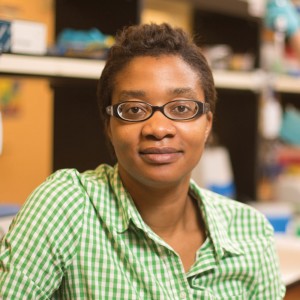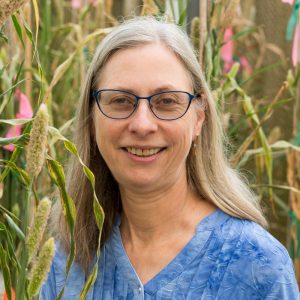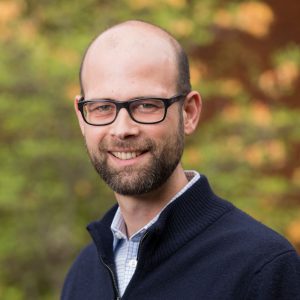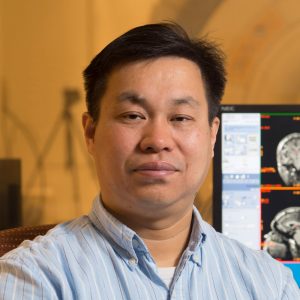Vanessa Ezenwa

Creative Research Medal 2016
Vanessa Ezenwa, associate professor of ecology and infectious diseases, is internationally recognized for her research on the consequences of parasite coinfection. Ezenwa has helped bring a new perspective to this burgeoning discipline by using a combination of longitudinal and experimental field studies to examine coinfection in wild African buffalo populations, which are commonly affected by parasitic worms and bovine tuberculosis simultaneously. Previous research performed in laboratory animals and humans has linked worm infestations to increased microbial disease severity, resulting in calls for integrating deworming therapies into intervention strategies for the microbial diseases of humans. However, Ezenwa has demonstrated that under some conditions, public health interventions aimed at controlling worm infections may exacerbate, rather than moderate, the spread of other microbes. Her insights have profound implications for how we treat and manage infections, particularly in our most vulnerable populations.



 Distinguished Research Professor 2017
Distinguished Research Professor 2017 Creative Research Medal 2015
Creative Research Medal 2015 Creative Research Medal 2015
Creative Research Medal 2015 Creative Research Medal 2014
Creative Research Medal 2014 Distinguished Research Professor 2017
Distinguished Research Professor 2017 Distinguished Research Professor
Distinguished Research Professor